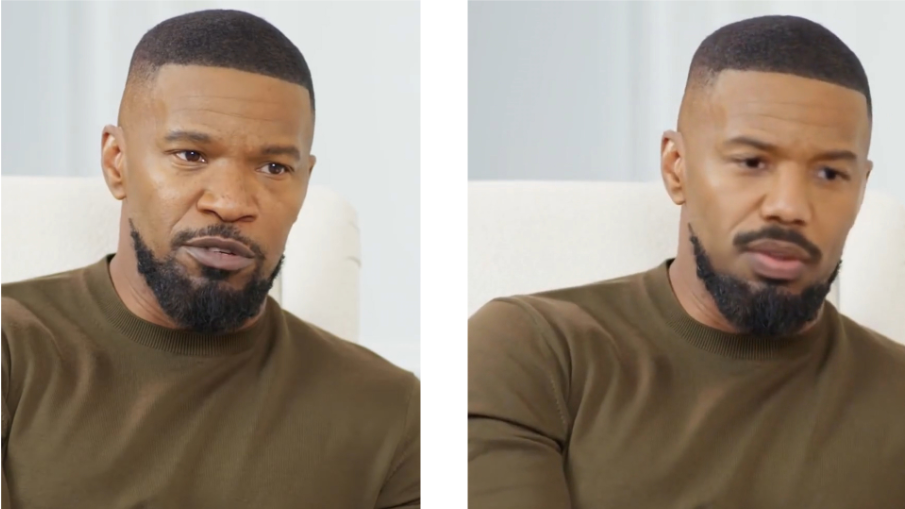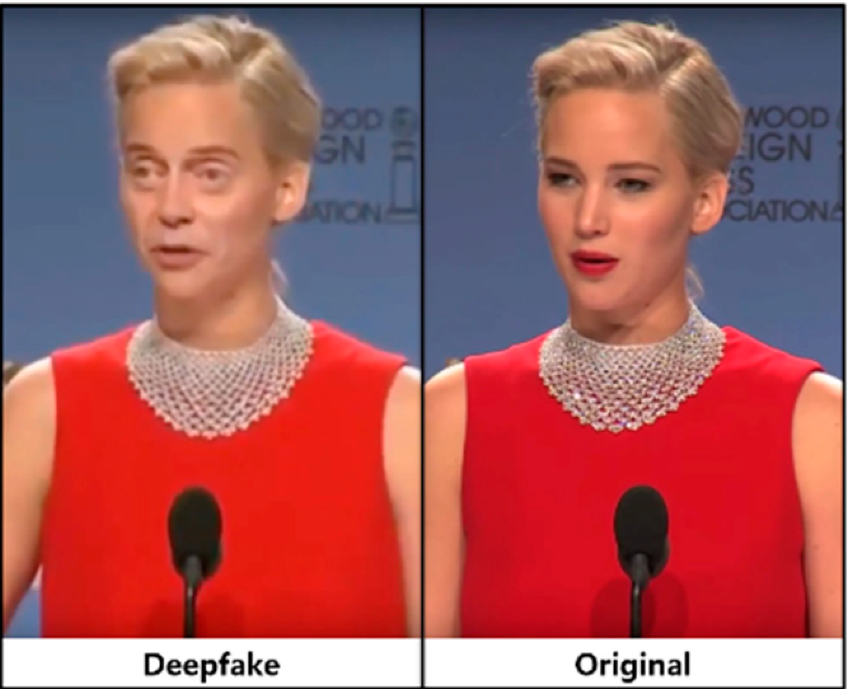In higher education, generative AI is changing how we teach, learn, and innovate. On campuses, this ground-breaking technology is generating both enthusiasm and anxiety because it can produce anything from essays to intricate statistics. Students and faculty at Thompson Rivers University are tackling the obstacles it poses while discovering its enormous potential.
On the one hand, generative AI provides effective tools for efficiency and teamwork. Students may now use AI to co-create creative ideas, automate repetitive jobs, and tackle tough data analysis. It gives academics access to individualized instruction and innovative research opportunities. According to an AI major who graduated from TRU, “Generative AI helped me analyze datasets and streamline my projects,” “It’s about learning to collaborate with AI, not just use it.”
But the emergence of AI also raises important issues. Given that AI technologies can produce essays and even impersonate student voices, how can academic institutions uphold academic integrity? Teachers are reframing exams to prioritise ethical use, creativity, and problem-solving over conventional memory-based testing.
The influence of generative AI in higher education will rely on how colleges strike a balance between creativity and accountability. Universities can open up new avenues for instruction and learning by carefully embracing these tools, preparing students for a time when artificial intelligence will play a key role in almost every industry.
See how AI is changing the TRU student experience by watching our video
By Rashid Chowdhury


